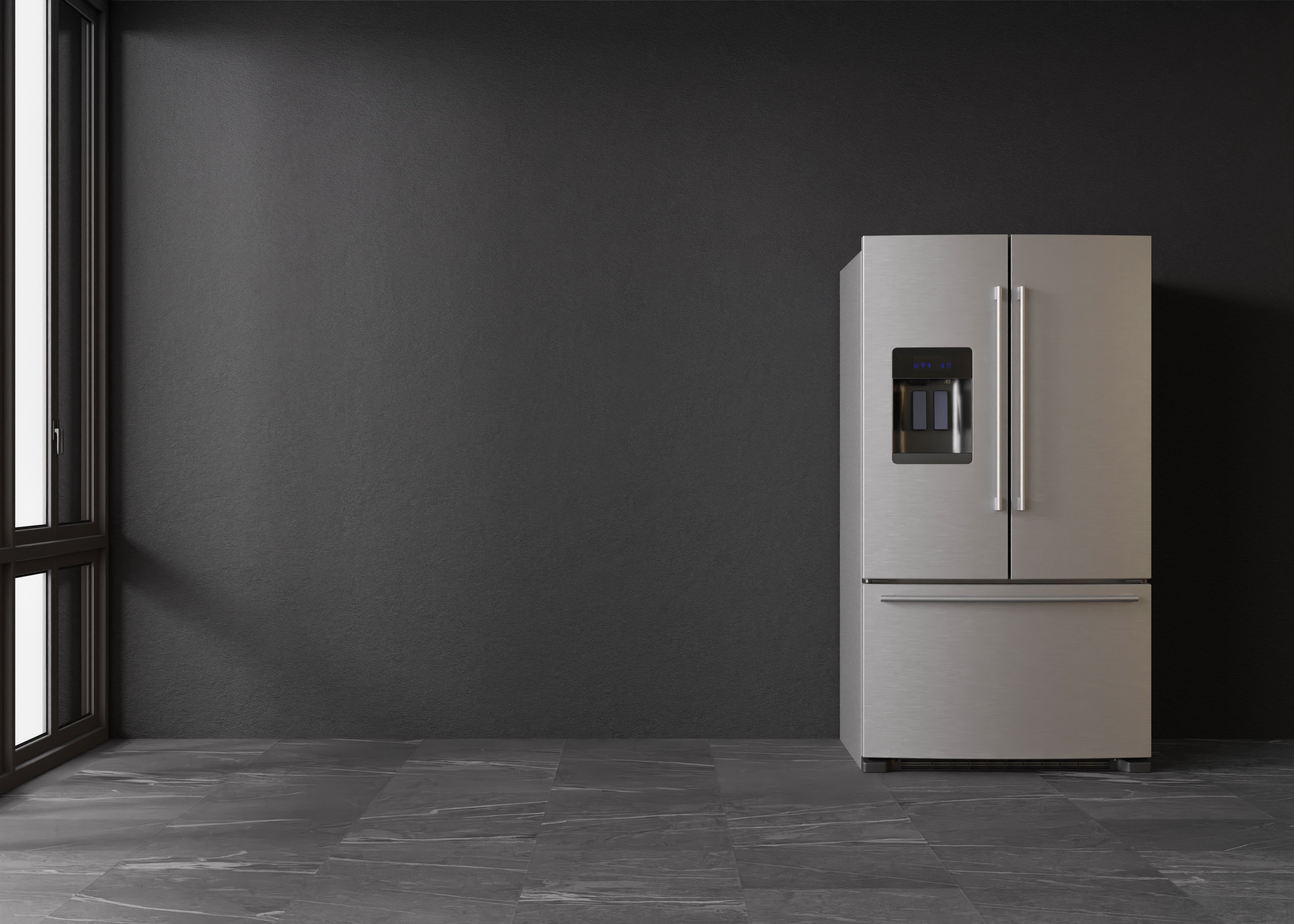The Comprehensive Guide to Refrigerators in the UK
Refrigerators are an essential home appliance in every household, serving a vital role in food conservation and safety. The UK market uses a diverse variety of fridge types, sizes, features, and brand names. This post intends to provide a thorough understanding of fridges offered in the UK, including their features, energy effectiveness, and aspects to consider when making a purchase.
Types of Refrigerators Available in the UK
When trying to find a refrigerator, it is very important to understand the different types offered. Each type features its own set of functions and functions, dealing with different needs and choices. The most common types of fridges found in the UK consist of:
1. Leading Freezer Refrigerators
- Description: The standard style, featuring the freezer compartment on top.
- Pros: More inexpensive, spacious, easy access to fresh food.
- Cons: Limited freezer area, the top might be less convenient for bulk products.
2. Bottom Freezer Refrigerators
- Description: Freezer is situated at the bottom, permitting much easier access to fresh food.
- Pros: Greater convenience, much better exposure of fresh products.
- Cons: Usually more costly, some might have problem with big frozen items.
3. Side-by-Side Refrigerators
- Description: Features two vertical compartments, one for the fridge and one for the freezer.
- Pros: Ample storage area, easy to gain access to both frozen and fresh foods.
- Cons: Wider footprint, they may not fit in smaller kitchens.
4. French Door Refrigerators
- Description: Combines functions of bottom freezers and side-by-sides, with 2 doors for the fridge on top.
- Pros: Stylish style, roomy, and typically consists of innovative functions.
- Cons: Higher price point, aligns badly with smaller sized kitchen designs.
5. Compact Refrigerators
- Description: Smaller designs designed for minimal areas.
- Pros: Ideal for small homes or offices, energy-efficient.
- Cons: Limited storage capacity, may do not have features.
6. Integrated Refrigerators
- Description: Designed to mix flawlessly with kitchen cabinets.
- Pros: Custom fit, aesthetic appeal, increases home value.
- Cons: Higher cost, might provide less flexibility in placement.
7. Smart Refrigerators
- Description: Equipped with Wi-Fi and wise innovation functions.
- Pros: Advanced features like touch screens and internal video cameras.
- Cons: Expensive, more complex to fix.
| Refrigerator Type | Availability | Average Price Range | Energy Efficiency |
|---|---|---|---|
| Top Freezer | Moderate | ₤ 300 - ₤ 600 | Average |
| Bottom Freezer | High | ₤ 400 - ₤ 800 | Above Average |
| Side-by-Side | Easy | ₤ 800 - ₤ 1500 | Differs |
| French Door | High | ₤ 800 - ₤ 2000 | High |
| Compact | Limited | ₤ 200 - ₤ 500 | Average |
| Integrated | Custom-made | ₤ 1000 - ₤ 2500 | High |
| Smart | Variable | ₤ 1200+ | High |
Secret Features to Consider
- Energy Efficiency: Look for designs that are energy-efficient. In the UK, devices are ranked from A (most efficient) to G (least effective). An A+ rating and above can lead to considerable energy savings.
- Capability: Choose a fridge with sufficient capability for your home. A basic guideline is 100-200 liters per individual.
- Noise Level: Consider designs that run silently, specifically if the kitchen is near living spaces.
- Cooling Technology: Features like frost-free innovation deserve the investment, as they reduce maintenance.
- Adjustable Shelves: Having adjustable racks enhances the flexibility to save larger items.
- Temperature level Control: Check for user friendly temperature controls and zones for various kinds of food.
- Design: Choose the design and color that matches your kitchen visual, whether you prefer a contemporary stainless-steel look or a classic retro surface.
Buying Tips
- Identify Your Needs: Consider your cooking routines, family size, and kitchen area.
- Set a Budget: Refrigerators come in various price ranges. Develop a budget plan before you begin shopping.
- Research Study Energy Ratings: Invest in energy-efficient designs to conserve on utility expenses.
- Check out Reviews: User experiences can offer insights into dependability and efficiency.
- Compare Brands: Some brand names are understood for their resilience while others might provide more innovative functions.
Often Asked Questions (FAQs)
1. How long do refrigerators typically last?
- Fridges generally last in between 10 to 20 years, depending on the brand and how well they are preserved.
2. Are there any maintenance suggestions for lengthening the life of a refrigerator?
- Routinely tidy the coils, examine the door seals, and periodically thaw if necessary to maintain optimal performance.
3. What is the best size refrigerator for a family of 4?
- For a family of four, a refrigerator with a capability of around 400-600 liters is usually sufficient.
4. Do Regine Nimocks need to fret about energy usage when purchasing a refrigerator?
- Yes, energy intake is very important. Search for units with high energy effectiveness ratings to reduce monthly costs.
5. Should I choose a fridge with a water and ice dispenser?
- This function can be hassle-free, specifically for households. However, it might require more upkeep than basic designs.
Acquiring a refrigerator is a substantial choice for any household in the UK. With different types offered, each with its special functions and benefits, it is important to examine individual needs before making an option. By considering elements such as energy performance, capability, and design aesthetics, consumers can pick a fridge that lines up well with their way of life, ultimately enhancing their kitchen experience while securing food quality and freshness.

